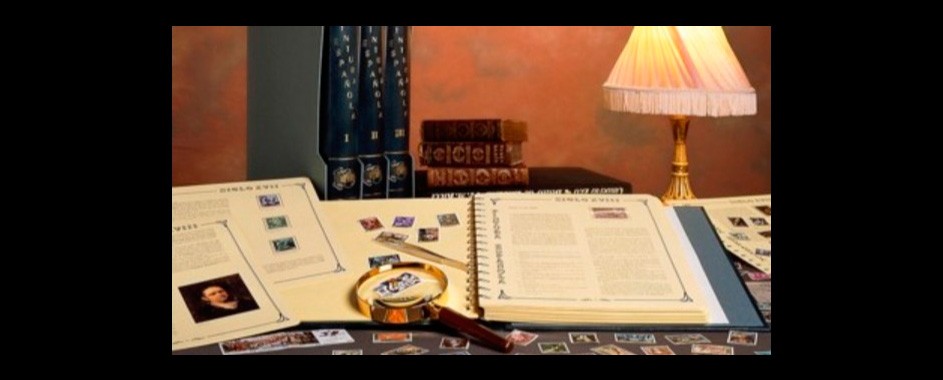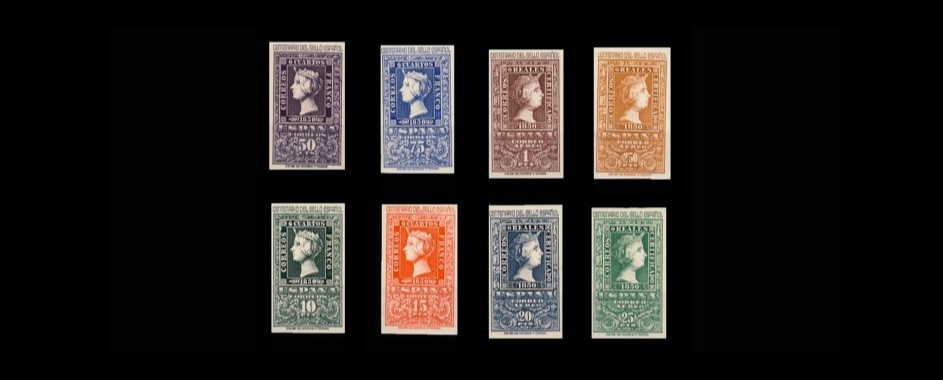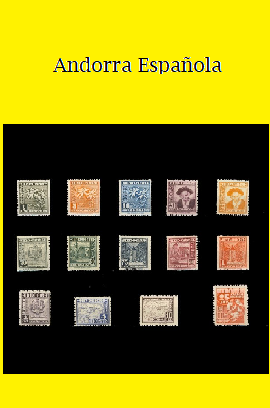Mint or postmarked stamps?
The first problem facing a would-be Philatelist is deciding if collecting mint or postmarked stamps. Whatever the decision, it is necessary to keep in mind first of all that the postmarked must be separated from the mint.
MINT STAMPS
Mint seals are copies that have not been used for the postal service. They have no postmark or seal which annulled it. In...
The stamps and their peculiarities
The stamps and their common characteristics
Stamps: nationality
The nationality of the stamps is one of the forms of manifestation of States, as well as beat currency. There are very few exceptions to this maxim and already long ago. There are some emissions that correspond to private entrepreneurs, as the Prince Turn und Taxis, made from 1852 to 1867 in almost all Germany, based on special privileges.
International agreements of limited scope...
Stamps: shape
In practically all philatelic publications such as catalogues, the shape of the stamps is often indicated in millimeters. The first data that figures corresponds to the horizontal dimension and is limited to the bullet, i.e., excludes the perforation and the margins. The variety of formats and dimensions is complex and you can say they exist in various forms: square, rectangular, triangular,...
Stamps: colour
The colour of the stamps is not always random. In the service of international correspondence colors vary according to their use. Initially, the Universal Postal Union adopted the dark blue color for the stamps for postage of simple letters, red for the postcards and green for press rate. Currently these provisions have been abolished and the colors are often used to distinguish copies...
Stamps: perforation
Stamps, as a result of the big series that are issued, may not be printed one at a time. The leaves appear with a certain number of copies and divides them by means of perforations. The function of these holes is to separate the specimen with the hands, without having to resort to scissors or other instruments. In connection with the separation, the stamps are divided into perforated and not...
Stamps: centering and margins
One can say that a stamp is well centered, jagged or unperforated, has all the same margins. This feature is of great impact in the material value of the stamp. In the classic stamps, as a result of the rudimentary procedures of the time stamping, the exception was that they were optimally...
Stamps: paper
The paper is a quality that distinguish one stamp of another, even both of the same series. If two copies with the same illustration and identical characteristics, are printed on different paper type, they should be considered as individual items and can in no case be as repeated.
There are many types of paper for the printing of stamps, some of them, the most important are:
...Stamps: watermark
Watermark is the picture that can be seen when we look at the backlight a stamp. The watermark is an element that guarantees the authenticity of the copy, as well as paper currency and ringing values. The watermark is visible to the naked eye but occasionally is necessary to resort to a watermark detector to distinguish it clearly.
Watermark layout, there are stamps in which each...
Stamps: gum and reverse
The vast majority of collectors show their interest in the stamps that retain their origin gum. The main problem that a philatelist can face if he want to keep the gum of his stamps, is the progressive deterioration of the copy. Gum, over time, cracks resulting in microorganisms that form so-called rust spots, which can extend to the role of stamps, thus destroying the specimens.
To...
Stamps: official perforations
Occasionally, some new stamps can be pierced by individuals (banks, entities, etc.). This practice is intended to prevent thefts but causes total loss of the value of the stamp. Sometimes, the motive is purely postal and bound States are themselves who pierce officially stamps with initials, numbers or different symbols. In most cases, it's rounded holes made with a machine to the affection...
Stamps: drawing and stamping
Ways of stamping stampls, resulting in different commercial valuations, this means that two stamps with a same drawing, same colour, identical perforation type of paper or watermark may vary in your pricing if these have been printed by different procedures:
Typographic printing: is obtained with a steel mould...
Stamps: value
When we talk about the value of a stamp, we refer to the purchase price of the specimen during the postal term for postage that corresponds.
Stamps: surcharge
We call surcharge to signs, numbers, inscriptions and motifs reproduced in a second phase on the stamps already printed. The most common reasons for the surcharge is the update of the postage rates. In this way, the initial face value of the stamp, is cancelled and replaced by a new value. So, the new sample becomes "surcharged stamp". In Spain, more typical surcharge examples are those of...





